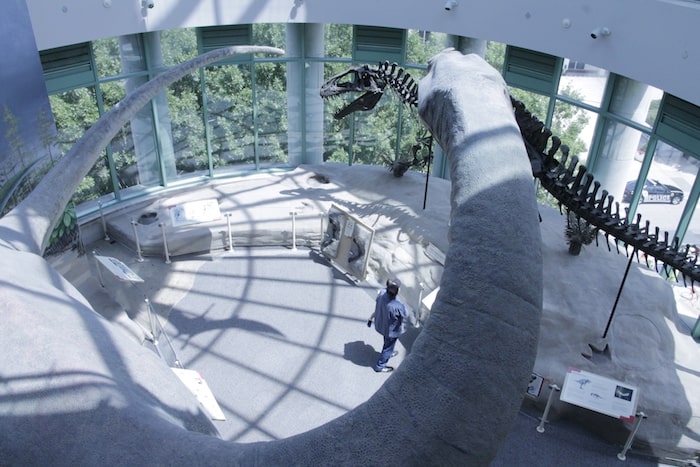
Photo: Mace Publishing, LLC
The North Carolina Museum of Natural Sciences is one of the most popular destinations in the state for school field trips and for families. The magnitude of the dinosaur and whale specimens are mind-boggling. The butterfly room in the Living Conservatory is magical.
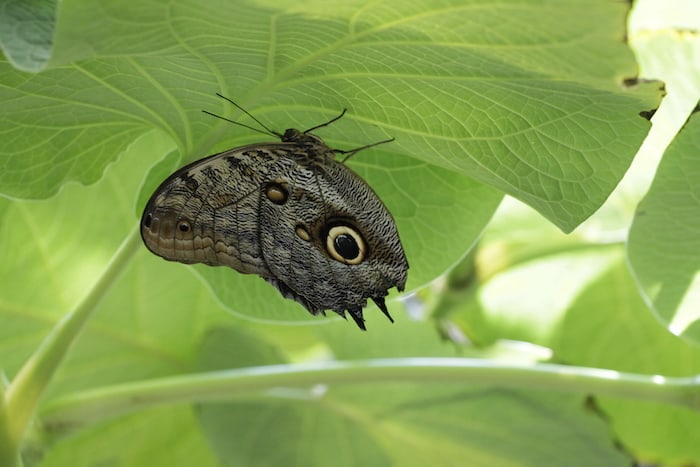
Photo: Mace Publishing, LLC
But there’s a lot that you might have missed. It’s easy to do, because there’s so much to see. Since the museum is free to visit, you can keep coming back and focus on just a little bit each time.
Here are some things you might not know about the two Downtown Raleigh facilities, which are next door to each other: the Nature Exploration Center, 11 West Jones Street, and the Nature Research Center, 121 West Jones Street. (But definitely check out the nearby Prairie Ridge Ecostation, at 1671 Gold Star Drive, too. We’ll be focusing on that facility in the future.)

Photo: Mace Publishing, LLC
1. The surprising details in the dioramas
You can’t miss the Mountains to the Sea dioramas. They’re the centerpiece of the Nature Exploration Center. These life-like exhibits depict the diverse environments of North Carolina, including trees, streams, ponds, plants and wildlife. But the scope of the exhibit is so great that it’s almost impossible to take in the meticulous detail. If you look carefully you’ll see a lot that’s easily missed. Case in point: See if you can find the southern hognose snake devouring a toad. And, here’s some trivia. There are exactly two pairs of mating animals: black rat snakes and leopard slugs.
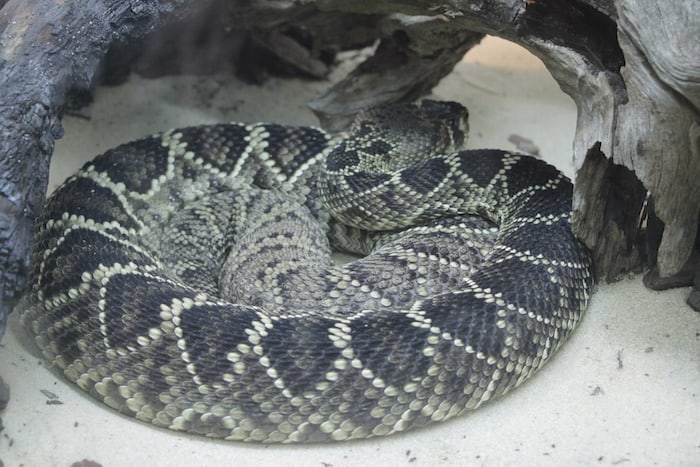
Photo: Mace Publishing, LLC
2. Every kind of venomous snake in North Carolina is here
Among the live animals that live here are examples of every kind of venomous snake in the state. There are also many non-venomous snakes. So, this might be the best chance you’ll get to see, up close, the differences between venomous and non-venomous snakes, which might be useful to you next time you’re raking leaves. Also, the largest snapping turtle ever found in the state, at 65 pounds, is here.
3. It’s not just for kids
There’s a lot more programming for adults than you might know about. Check out Science Café, held every Thursday evening, where you’ll hear experts talk about topics as diverse as dragonflies, evolution, snake bites and ice cream science. You can see all the upcoming events and filter by audience, event type and location here.
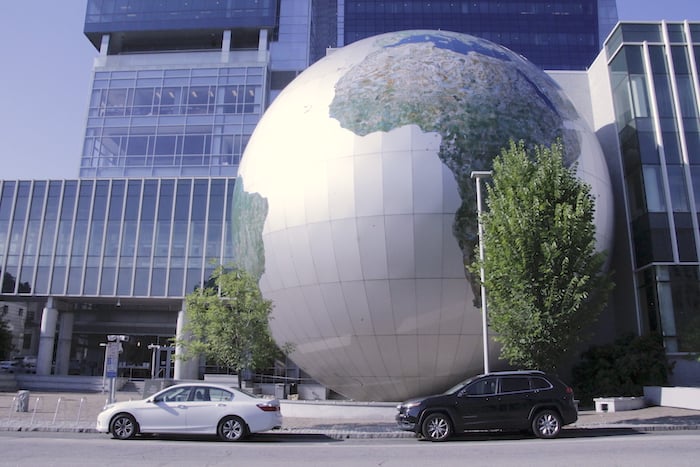
Photo: Mace Publishing, LLC
4. Some facts about the giant globe
The three-story globe outside the Nature Research Center is the second largest globe in the world. At 70 feet in diameter, it’s smaller than the 120-foot Unisphere in New York (from the 1964-65 New York World’s Fair) but it far exceeds it in detail. It was created in 2012 using satellite images. See the video below that shows its creation in process. Inside the globe there’s a three-story multimedia performance and lecture space.

Photo: Mace Publishing, LLC
5. There’s good food here
You might not expect much from a restaurant inside a science museum but the Daily Planet Café has a pretty extensive menu with eight salads, eleven sandwiches, six vegetarian options, several wraps and some items like chicken and waffle that are North Carolina favorites. It’s rated highly on Trip Advisor and Yelp. And the location can’t be beat. So, even if you don’t have time to study the specimens you might have time for the Butternut Squash Cuban.

Photo: Mace Publishing, LLC
6. One of the most important things in the dinosaur exhibit is the smallest thing
It would be easily to overlook it, because your eye will be drawn to the nearby Thescelosaurus and Acrocanthosaurus, but on the wall there’s a small rock that tells a big story. The rock has a dark layer that’s sandwiched between the lighter layers. The dark layer contains higher levels of iridium than the surrounding layers, indicating a meteorite collision 65 million years ago. That layer is found all over the globe, so we know it was a cataclysmic event, and it coincides with the disappearance of 70% of life on Earth.
7. There’s more to the “Beyond Curie” exhibit than meets the eye
“Beyond Curie: A Celebration of Women in Science” opened March 24th, 2018. It contains portraits of 40 famous, and not famous enough, women in science, including all 16 female winners of the Nobel Prize in Physics, Chemistry and Medicine/Physiology. Each portrait also includes images and design elements connected to the scientist’s work. But there’s more. Download the Beyond Curie Augmented Reality App, and point it at one of the AR-enabled portraits and you’ll see the image come to life on your phone with 3-D animations. If you’re not at the museum, the app will even work on the pictures on your computer screen. You can find the app, and the pictures, here: https://www.beyondcurie.com/app/
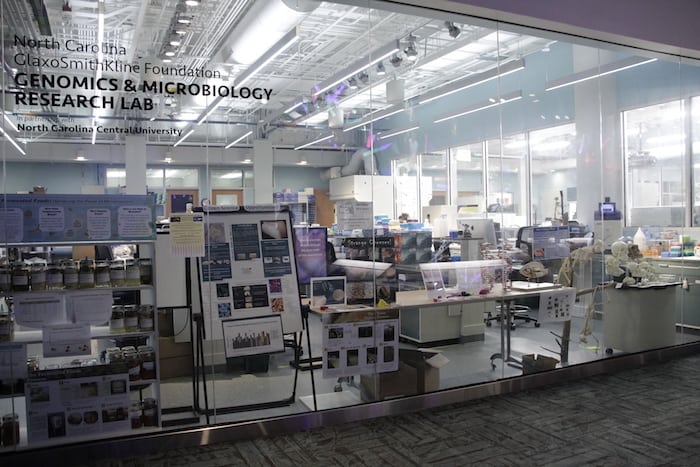
Photo: Mace Publishing, LLC
8. There’s more than exhibits—there’s also real research taking place
The exhibits at the Nature Exploration Center tell us about science, but next door at the Nature Research Center you can learn about how science is done. The focus there is on science as a process. There are five large glass-walled labs where scientists connected with North Carolina universities are doing research. The Astronomy Lab is connected to Appalachian State; the Genomics & Microbiology Lab is connected to NC Central University; and the Evolutionary Biology & Behavior Lab, the Paleontology Lab, and the Biodiversity Lab are connected to NC State University. Whenever there’s new research to share, it’s posted to the museum’s Facebook page and http://naturalsciences.org/calendar/news-archive/
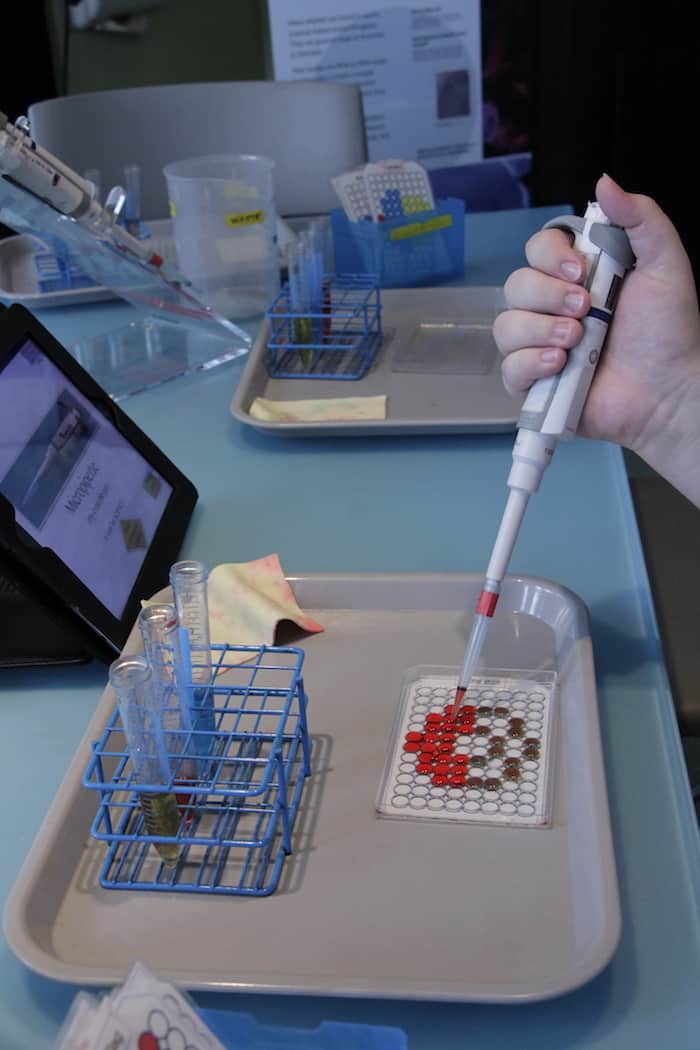
Photo: Mace Publishing, LLC
9. You can explore science too
The Investigation Labs in the Nature Research Center offer you a chance to use real laboratory equipment and techniques to do science experiments. Topics include fossils, geology, animal adaptations, chemistry and weather.
10. There are 10,000 specimens at the Naturalist Center
At the Naturalist Center, also in the Nature Research Center, you can get your hands on just about any kind of specimen you’re curious about, including birds, mammals, reptiles, amphibians, fishes, insects, plants, fossils, rocks and minerals. What’s more, you can put many of those specimens onto one of the two computer field guides, which will detect what specimen it is, and tell you about everything from its physical dimensions to its habitat. It’ll even let you hear the sound it makes. See the video above.
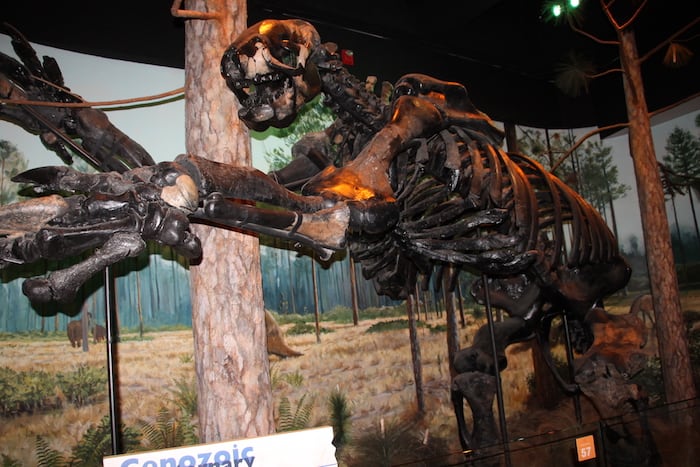
Photo: Mace Publishing, LLC
11. There’s a skeleton here that might give you nightmares
It’s not the dinosaurs. It’s not the whales. It’s the Giant Ground Sloth. These beasts lived in North Carolina 1.5 million years ago (but maybe more recently, up to 10,000 years ago.) This one was excavated near Wilmington. It’s the size of an elephant. Take a look at those claws.
